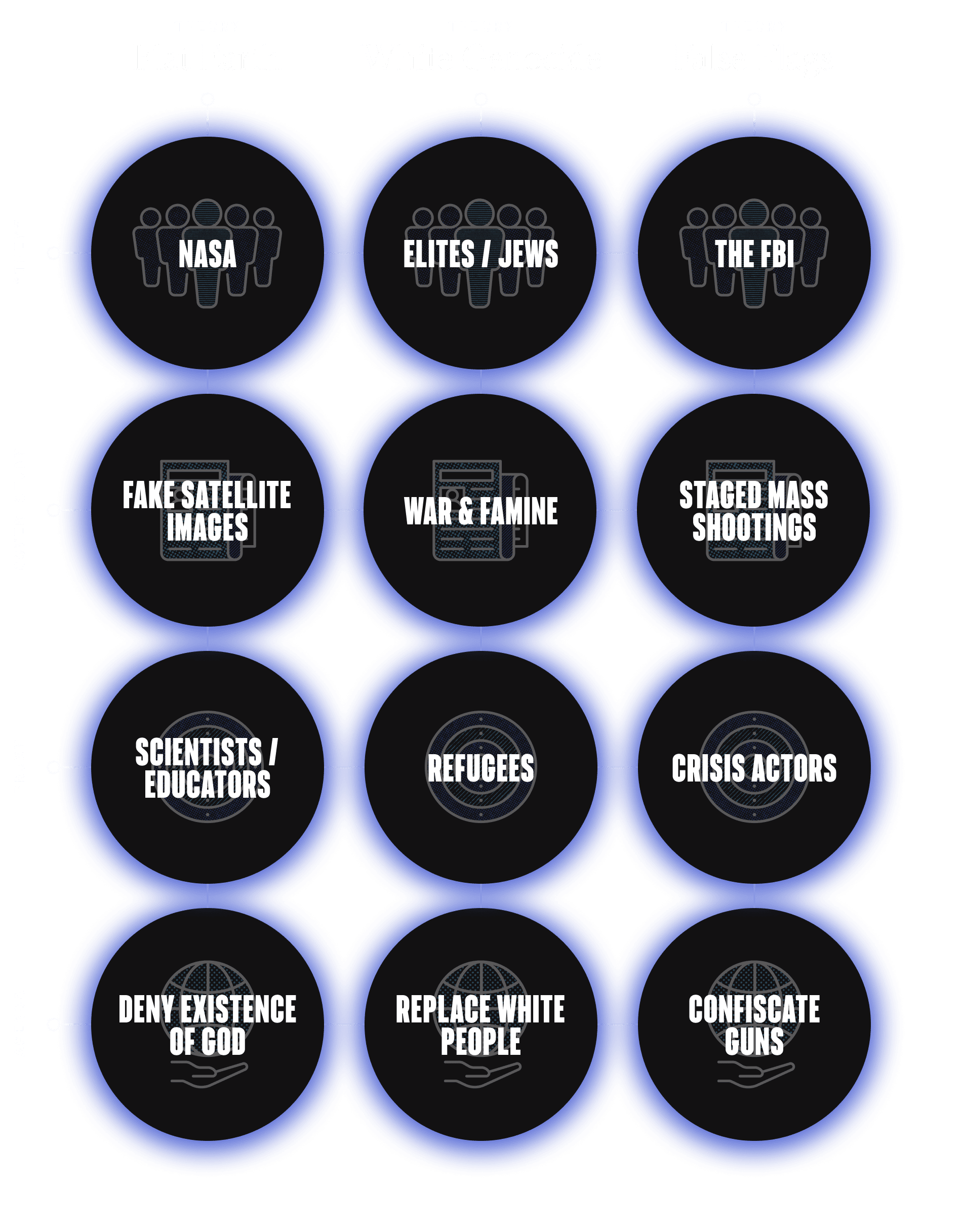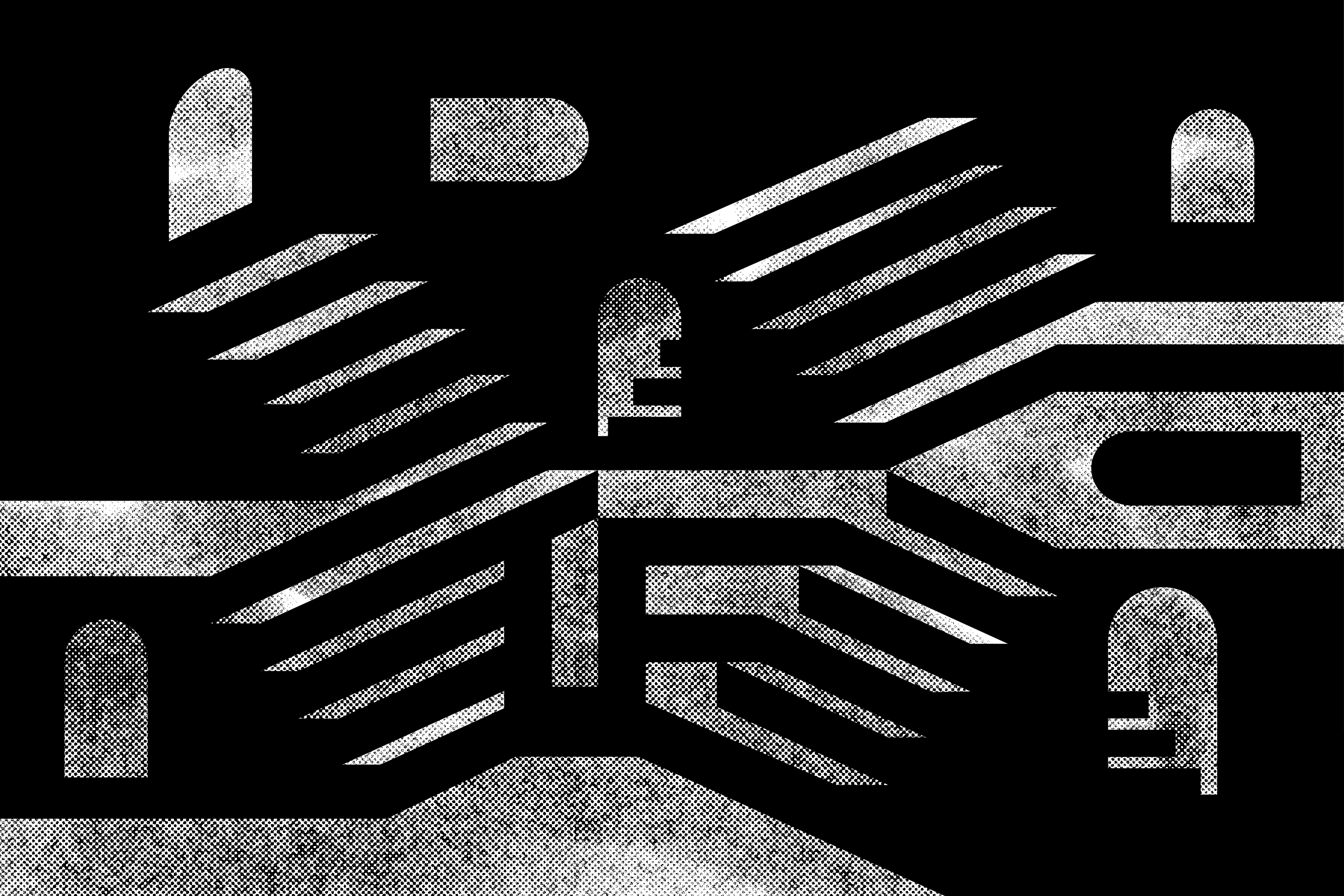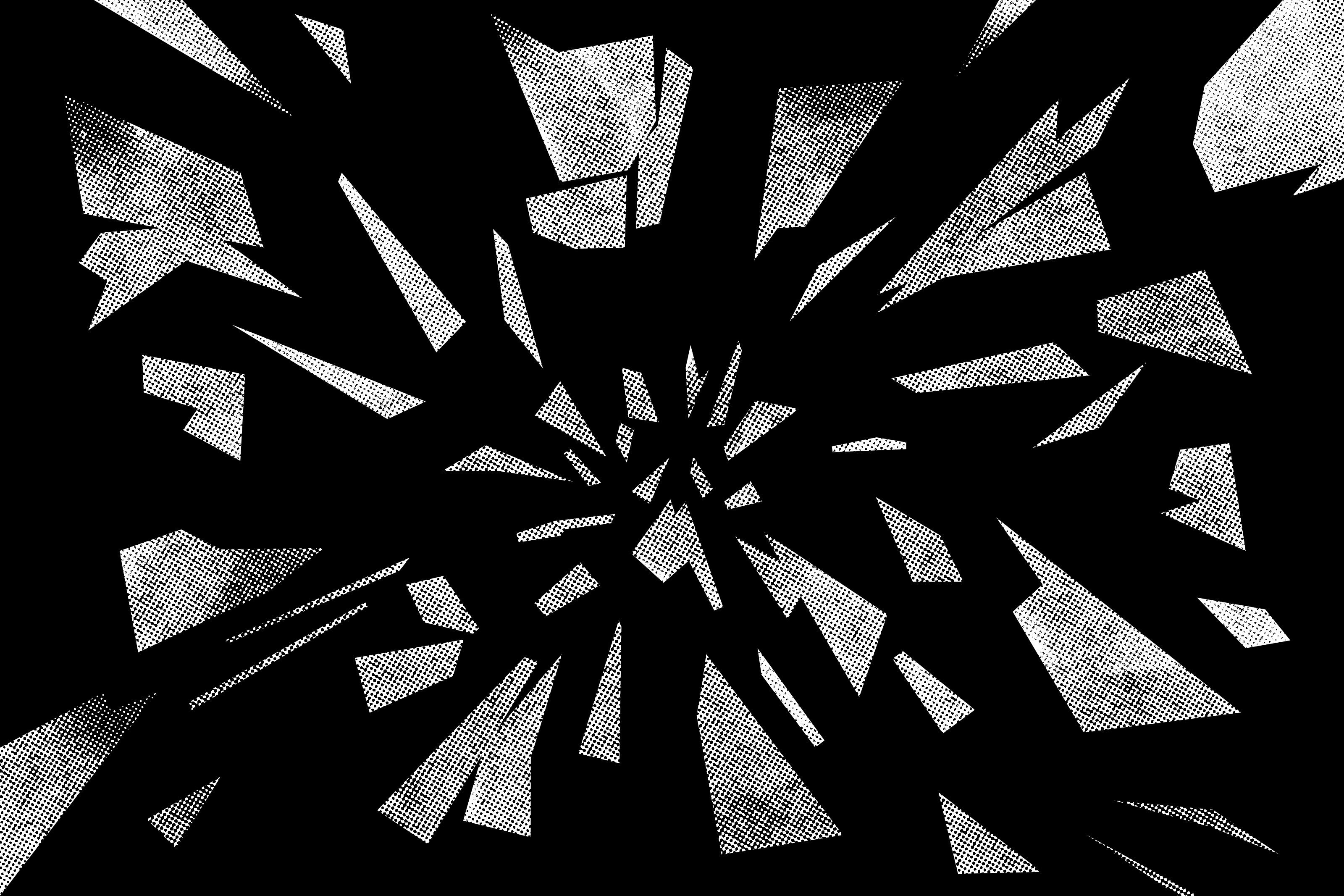Conspiracy theory belief further appears not to be bound by country or culture. Researchers found similar levels of engagement with conspiracy theories across the United States and Europe. Individuals’ country of residence further provided little value as a predictor of engagement with conspiracy theories.8
Despite the lengthy history and global popularity of conspiracy theories, a common perception exists that the world now faces a unique inflection point in the history of conspiratorial theories, and not just among conspiracy theorists. In 2020, publications including Politico, CNN, and the Guardian all mused on the current “golden age” of conspiracies, while the Economist reported on the surge of conspiracies, “from Congo to the Capitol.”9101112
Recent research indicates, however, that the overall level of belief in conspiracy theories in the US has changed little, if at all, over the last 65 years.13 An analysis of 120,000 letters to the editors of the New York Times and the Chicago Tribune between 1890 and 2010 likewise found consistent levels of conspiracy theorizing across time.14 Over the last ten years, the period for which consistent polling data is available, the overall level of “conspiratorial thinking” – the general tendency to see hidden plots behind world events – has likewise remained steady, with roughly 30 percent of Americans consistently agreeing or strongly agreeing with statements like “much of our lives are controlled by plots hatched in secret.“1516 Even during the first wave of the COVID-19 pandemic, when restrictions on socializing were at their most stringent and the future deeply uncertain, belief in conspiracy theories related to the virus remained remarkably stable.17
Joe Uscisnki, a professor of political science at the University of Miami and an expert on conspiracy theories explains, “We’re paying a lot more attention to conspiracy theories than we used to, but it’s important not to confuse paying more attention with there being more of it out there. Across time, consistent percentages of people believe conspiracy theories, with very few conspiracy theories showing increases in subsequent polls.”
Rather than an explosion of new belief, technology may instead be driving greater awareness of fringe beliefs that have been with us all along.
Sixty-five years ago, Marshall McLuhan, imagining an internet that had not yet been born, wrote “The shock of recognition! In an electronic information environment the minority can no longer be contained – ignored. Too many people know too much about each other. Our new environment compels commitment and participation. We have become irrevocably involved with, and responsible for, each other.”18 McLuhan’s utopian vision has, unfortunately, failed to be fully realized. While the quantity of available information has indeed grown exponentially in recent years, understanding has often lagged behind, and simple awareness has proven as capable of provoking antipathy as empathy.
Even if belief in conspiracy theories is not becoming more widespread, the internet, and social media and image boards in particular, have fundamentally changed how these theories develop and spread.1920
In prior eras, conspiracy theories spread primarily through obscure books and films, late night radio programs, and alternative lifestyle conferences, creating a barrier to entry. By allowing anyone to become a publisher and propagator of conspiracy theories, and connecting them with like-minded communities, the internet has enabled new conspiracy theories to develop and spread far more rapidly.
















































































